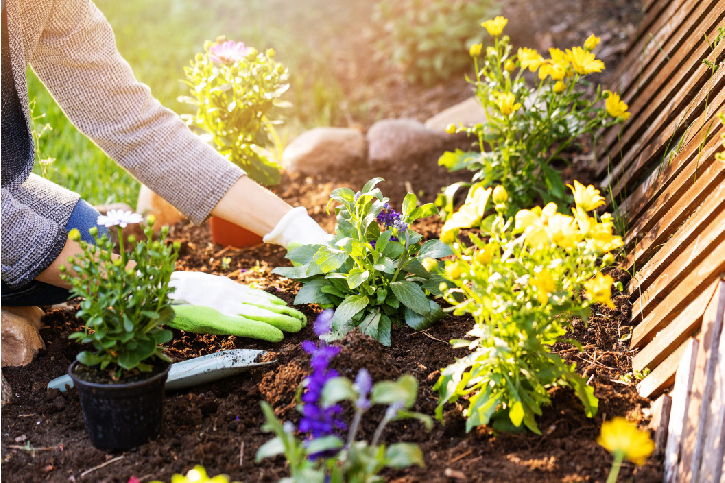Conserve Water by Stocking Your Garden with Native Plants

As the fresh water supply is on the decline in many areas, people are continually looking for new ways to conserve water. One little used method of conserving water is to swap out your garden’s current selection of plants for ones that are naturally found in your area. Doing so may require a visit to your local nature reserve or nursery, but in the end, it can be well worth the extra effort.
Though it can take a little research to figure out which plants are native to your area, a good place to start is your local nature reserve. Here you will be able to find an assortment of plants that could do well in your garden. When looking for plants, try to look for ones growing in similar soil conditions to that of your garden. If your garden is typically dry, look for plants that are thriving in sandy or stony soils. If your garden is in a marsh-like or otherwise moist area, look for plants thriving in wetter conditions.
Though most nature reserves do not allow you to dig up and remove their plants, some will allow you to collect seeds from certain areas. Always be sure to check with reserve personnel, however, before removing any plants or collecting any seeds just to be on the safe side.
If you aren’t allowed to remove any plants or collect any seeds from your local nature reserve and are unsure about what a particular native plant is called, then take a few pictures of it and leave a message in a ‘what type of plant is this?’ forum thread. More often than not, a forum member will know exactly what kind of plant it is and will be happy to tell you what it is called. Knowing the name of the plant will allow you to search for it in online seed catalogs and make a purchase.
Another place you can look for plants native to your area is your local nursery. The nursery’s staff should be quite knowledgeable about their inventory and should be able to point out any kinds of plants currently for sale that are native to your area. They should also be able to help you decide which of their native plants would do well in your yard’s typical soil conditions.
Once you have found a native plant to add to your garden, it will be time to prepare your soil. This may include adding some sand, stones, or organic material to help your plant thrive in its new location. For best results, always try to replicate the soil conditions from the plant’s original location.
Also be sure to water any newly planted seeds, seedlings, or plants to help them adjust to their new area and promote growth. Once the plants have sufficiently adjusted to being in your garden, you will be able to wean them off any additional water as your area’s natural rainfall should be more than enough for the plants to thrive.
Do remember, however, that native plants will still need to be watered on occasion. If you are experiencing a drier than normal stretch, be sure to water occasionally so the plants in your garden will survive until the next rainfall. A rain barrel system used to naturally collect rainwater can prove very useful when trying to both conserve water and keep your garden watered during periods of drought.
As native plants will have no trouble thriving on your area’s natural levels of rainfall, they can be a great addition to your water-conscious garden. By choosing to use plants that are native to your area instead of ones imported from around the world, you won’t have to water your garden nearly as often as before, allowing you to conserve more water around the yard.